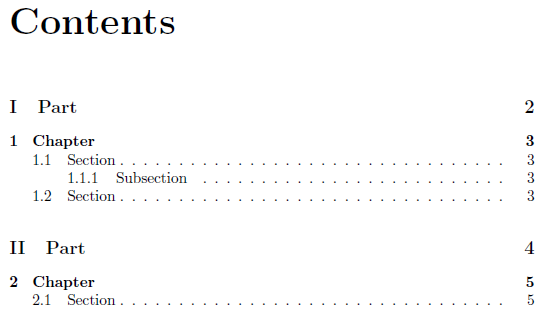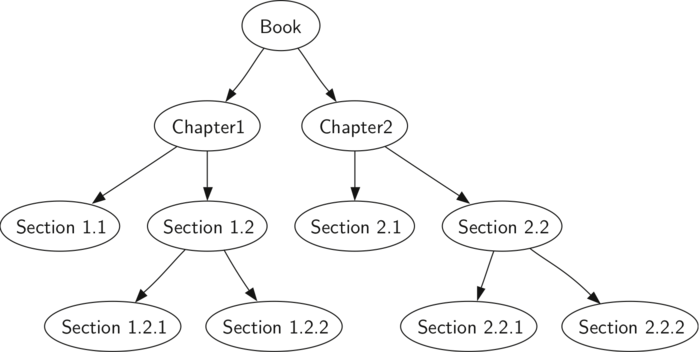Modern Textbooks for Modern Times
Robert A. Beezer
Department of Mathematics and Computer Science
University of Puget Sound
A Short History of a Long Time
Math 290 Textbook: A First Course in Linear Algebra (FCLA)
Conceived as open-source, free to copy/modify/distribute
- December 2003: Initiated for Spring sabbatical
- December 2004: Reasonably complete
- December 2006: Version 1.0
- December 2006: (X)HTML Version
- July 2008: jsMath Version
- Summer/Fall 2012: Conversion to XML, full HTML version
- May 2013: Initiated MathBook XML project
FCLA, Mark 1 (PDF, December 2006)
FCLA, Mark 2 (Pure HTML, via tex4ht, December 2006)
FCLA, Mark 3 (HTML + jsMath library, July 2008)
FCLA, Mark 4 (One-off XML, Summer/Fall 2012)
A Long History of a Short Time
- 2010-14: National Science Foundation Undergraduate Education Grant
- UTMOST: Undergraduate Teaching of Mathematics with Open Software and Textbooks
- William Stein (UW): Sage, SageMathCloud
- Jason Grout + Students (Drake University): Sage Cell
- Tom Judson (UPS - 2000): Abstract Algebra textbook
- David Farmer (AIM): Knowls, FCLA CSS
- Kiran Kedlaya
- RAB: Converted FCLA to Sage Notebooks via tex4ht
- May 2013: Shuttleworth Foundation Flash Grant
- MathBook XML project
Structured Scholarly Documents
A textbook (esp. in mathematics) is a highly structured document:
- Chapter, Section, Subsection (e.g. Subsection 2.3.8)
- Theorem, Lemma, (w/ Proof), Definition (e.g. Axiom 5.17)
- Table and Figure (e.g. Table 4.2.4)
- Example, Remark, inline Exercise (e.g. Exercise 5.115)
- Exercise sections (per chapter, per section, etc.?)
- Bibliography (one, or per chapter?) (e.g. [3, Theorem 6])
- Equation (e.g. Equation (5.2.3))
Organization of a Printed Book

Image from tex.stackexchange.com/questions/95963
Generated Content
Navigation
- Table of Contents
- Index
- Numbering (hierachical)
Extras
- Notation List
- Hints, Solutions for Exercises
- List of Figures, etc.
How does this all change online (HTML)?
Hierarchy of a Structured Document
- A printed book presents a linear, or depth-first search, version of the structure
- HTML allows expressing the tree structure with multiple pages, enhanced navigation

Image from interactivepython.org
eXstensible Markup Language (XML)
- Express data (sentences, words) in a hierarchy
- “eXtensible” — can define new elements (“tags”)
- Simple syntax, very few reserved characters
(ampersand is the worst) - XML does not have to be ugly!
(bad reputation: data exchange, automated production)
MathBook XML is a new “XML application” for structured documents (with mathematics documents described first)
Simple MathBook XML Example
<book> <title>A First Course in Linear Algebra</title> <chapter> <title>Systems of Linear Equations</title> <section> <title>Reduced Row Echelon Form</title> <p>When analyzing systems of equations...</p> </section> <section> <title>Homogeneous Systems</title> <p>The special case of ...</p> </section> </chapter> </book>
MathBook XML Goals
- Design a presentation-neutral XML specification
- Allow for conversion to a variety of outputs:
- \(\LaTeX\), then to PDF/print (safety net)
- HTML, tree of webpages
- Sage Notebooks, iPython notebooks, SageMathCloud worksheets
- EPUB (ebooks for ereaders)
- Whatever may come next
- Easy and natural for authors to use
- Converters demonstrate feasibility (reference design)
Mathematics in Mathbook XML
- “\(\LaTeX\) is great between the dollar signs”
- \(\LaTeX\) in <m>, <me>, <md>+<mrow> elements
- Pass-through to \(\LaTeX\) output
- Configure MathJax JavaScript library for HTML output
The Cauchy-Bunyakovsky-Schwarz Inequality:\[\left( \sum_{k=1}^n a_k b_k \right)^2 \leq \left( \sum_{k=1}^n a_k^2 \right) \left( \sum_{k=1}^n b_k^2 \right)\]
MathJax Demonstration Page
Tyler Ueltschi's Math 420 Research Project (Spring 2014)
JavaScript Widgets
- Knowls — collapsible snippets of text, fully supported
- Google Fonts — in use
- Google Code Prettifier — for static program listings
- Sage Cell — program execution, fully implemented
- GeoGebra — Geometry canvas/playground (needs work)
- Video, Audio players — video partially implemented
- WeBWorK online homework — feasible
- Skulpt: in-browser Python execution — feasible
A WeBWorK Homework Problem
Sample Structured Theorem
<theorem xml:id="theorem-finite-extension"> <statement> <p>Every finite extension field <m>E</m> of a field <m>F</m> is an algebraic extension.</p> </statement> <proof> <p>Let <m>\alpha \in E</m>....</p> </proof> /theorem>
Tom Judson's “Abstract Algebra: Theory and Applications”
- Recently converted to XML from \(\LaTeX\) (nearly done)
- Text, Conversion: Tom Judson
- Production, Conversion: RAB
- HTML and CSS design: David Farmer
- CSS and JavaScript implementation: Michael DuBois, UPS '14
- Improving the \(\LaTeX\), HTML and Sage Notebook conversions
- Link
To Do, Questions
- Conversion to SageMathCloud, iPython worksheets
- EPUB — MathJax now makes good scalable SVG's
- Compile xsltproc for Windows?
- Lists and tables need work
- Static versions of dynamic elements?
- Slideshows?
Meta Slide
<slide> <title>To Do, Questions</title> <ul> <li>Conversion to SageMathCloud, iPython worksheets</li> <li>EPUB <mdash /> MathJax now makes <em>good</em> scalable SVG's</li> <li>Compile <c>xsltproc</c> for Windows?</li> <li>Lists and tables need work</li> <li>Static versions of dynamic elements?</li> <li>Slideshows?</li> </ul> </slide>
Resources
- Code: GitHub, GPL'ed
- Discussion: Google Groups' mathbook-xml-support
- Website: mathbook.pugetsound.edu
Thanks for listening!